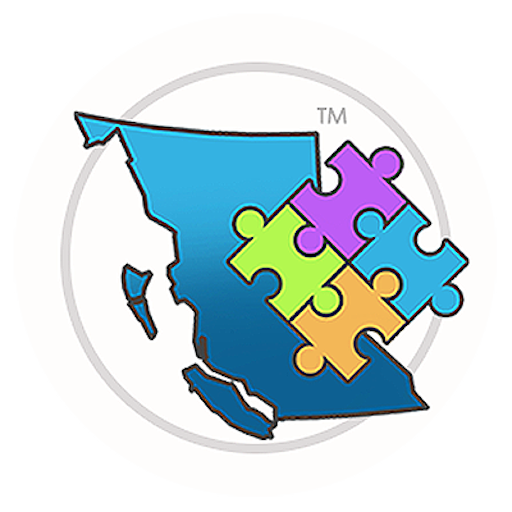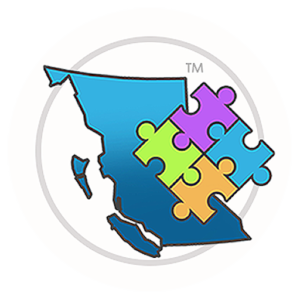
COMMUNITY PARAMEDICINE IN BRITISH COLUMBIA

Improving health care in rural and remote communities
September 2017
Introduction
[Excerpt] British Columbia is improving access to health care in rural and remote communities through the Community Paramedicine Initiative and an expanded role for qualified paramedics.
Community paramedicine reflects a transformation in the practice of paramedicine from an emphasis on pre-hospital emergency care to a model that includes prevention, health promotion and primary health care.
Community paramedicine is integrated with other elements of the health care delivery system, with paramedics becoming part of a community-based team of health service providers.
Principles of Community Paramedicine [Excerpt]
o Patients will be referred by their physicians, discharge nurses or other community health care providers, following a referral process established in partnership with regional health authority partners.
Building Blocks of Community Paramedicine
Community paramedics are participating in the following activities:
Community Outreach & Awareness: Getting to know the local community and neighbouring First Nations communities, and helping them understand how community paramedicine can improve access to health care, is a priority. Community paramedics work with local health care providers to identify service gaps and ways of improving the health of residents, particularly older residents with chronic conditions.
Health Promotion: Encouraging patients to take responsibility for managing their own care and treatment – where safe and appropriate to do so – is an important step in improving health outcomes. This is a role community paramedics can readily assume, along with providing seminars on cardiopulmonary resuscitation (CPR) and using an automated external defibrillator (AED).
Wellness Clinics: Many communities host wellness clinics and/or medical check-ins for patients with specific health issues such as diabetes. By participating at these events, community paramedics can take on some of the services that allow others – doctors, nurses, nutritionists – to spend even more time with their patients.
Wellness Checks: Older people living on their own, often with little or no support, may need someone to check in occasionally to see how they’re doing. Regular visits from a community paramedic can helpthese patients safely live longer in their homes, reduce their reliance on medically unnecessary 911 calls, and help ensure they stay connected with their primary care physician. These patients are those impacted by chronic disease, specifically heart failure, chronic obstructive pulmonary disease (COPD) and diabetes. Patients are referred by their doctor or other community health care provider, with the service provided at no cost to the patient.
Services provided during Wellness Checks may range from measuring vital signs against criteria established by the primary care physician, to services that may be delegated acts from other health care providers andare within the community paramedic’s scope ofpractice.
Services such as chronic disease monitoring, falls assessments and health system navigation can be provided based on the current scope of practice of paramedics, as can support services such as assistance with mobility, oxygen equipment and inhaled respiratory devices.
Additional services may be added as patient need is identified and in collaboration with the health authorities. See Appendix A: Services Provided by Community Paramedics.
To read more:




